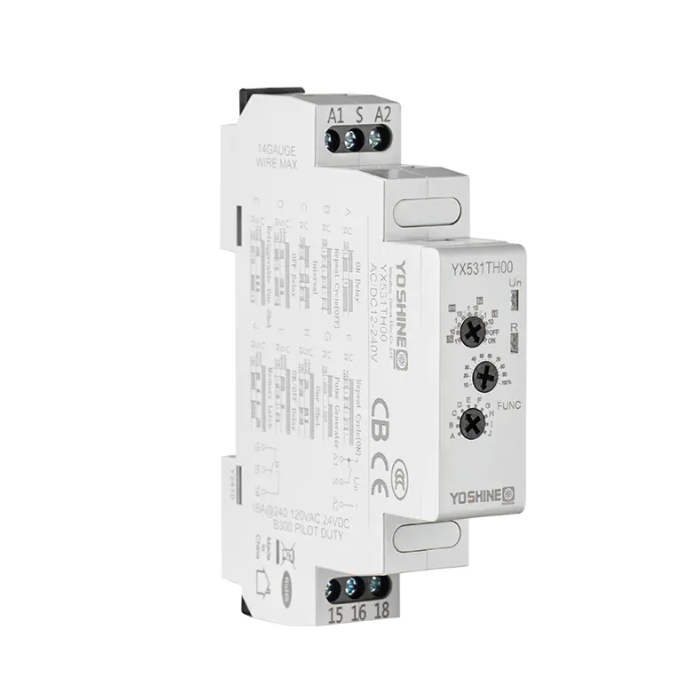A Level Controller Relay is an essential component in many industrial and commercial systems that involve the management of liquids or conductive materials. Its core function is to monitor and control the level of substances within tanks, reservoirs, or pipelines. By providing automatic switching based on preset level thresholds, it ensures system safety and helps maintain consistent operational efficiency.
The Level Controller Relay operates by sensing the presence or absence of a liquid at designated points. This is usually achieved using probes or float sensors that send signals to the relay unit. When the level reaches a specified point, the relay either opens or closes its contacts to start or stop a connected device, such as a pump, valve, or alarm system. This functionality makes it suitable for various applications, including water treatment plants, chemical processing, food and beverage manufacturing, and HVAC systems.
One of the advantages of using a Level Controller Relay is its reliability in preventing overflow or dry-running conditions. In water tanks, for example, a relay can automatically turn off the pump once the tank is full, or activate it when the water drops below a minimum level. This eliminates the need for manual supervision and helps reduce waste and equipment wear.
Depending on the system design, Level Controller Relay units can be configured for single-point or multi-point detection. Single-point control is suitable for simpler applications, such as a low-level alarm. Multi-point systems allow for more complex control, such as managing both high and low limits with the same device. Some relays also feature delay timers to avoid false triggering due to turbulence or temporary level fluctuations.
Installation and maintenance of a Level Controller Relay are relatively straightforward. However, proper calibration and sensor placement are critical for accurate detection. It’s also important to select a relay compatible with the specific fluid type, conductivity, and operating conditions of the system.
Many manufacturers offer variations of the Level Controller Relay with different voltage ratings, input/output options, and enclosure protections. Whether it is AC or DC powered, panel-mounted or DIN rail-installed, the relay’s configuration should align with the overall system design.
Additionally, the Level Controller Relay plays a crucial role in automation. When integrated with programmable logic controllers (PLCs) or building management systems (BMS), it can provide real-time data and trigger complex sequences of operations. This is particularly valuable in environments where consistent fluid level control is critical to product quality or safety compliance.
A Level Controller Relay serves as a dependable solution for level management across various industries. Automating control processes and reducing manual intervention contributes to system reliability and operational consistency. When selecting a relay, attention should be given to the specific requirements of the application, ensuring compatibility and efficiency over time.
